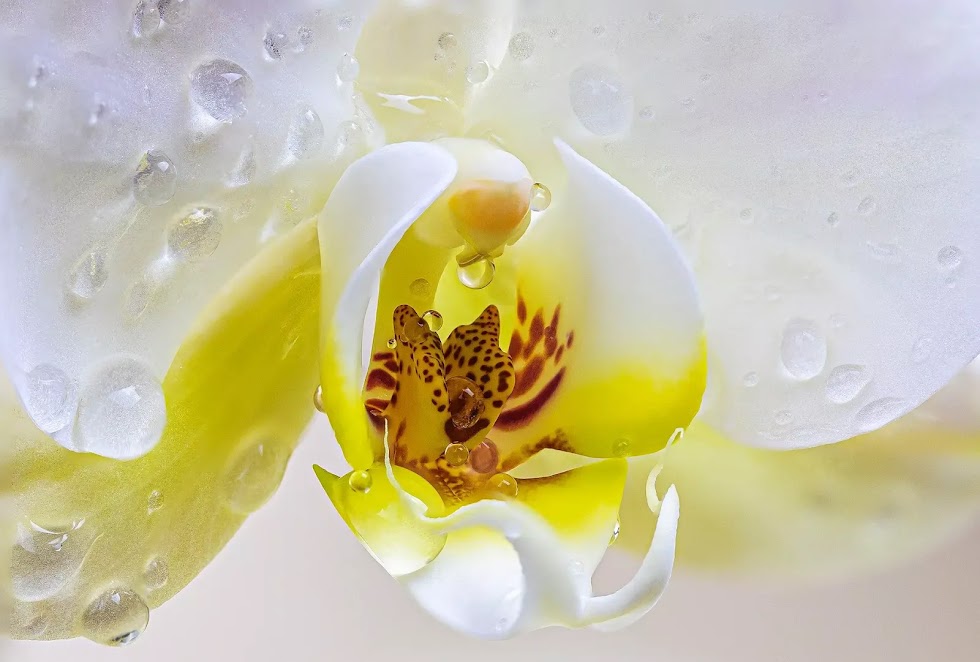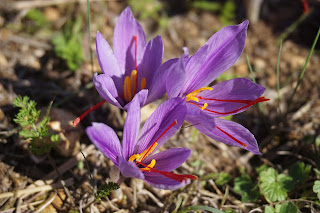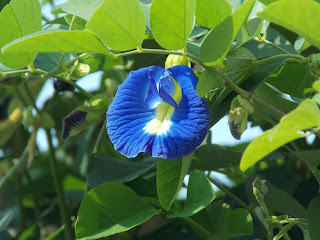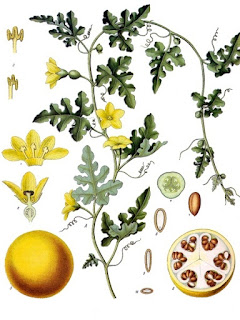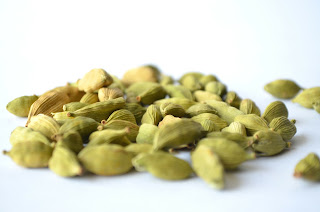P. longum is a slender aromatic climber, mostly cultivated for its fruit.
It contain alkaloids (piperine, piplartine, piperlonguminine etc), volatile oil, sesamine etc
It contain alkaloids (piperine, piplartine, piperlonguminine etc), volatile oil, sesamine etc
- It is commonly used for cough, cold, asthma, bronchitis etc.
- Its fruit is used as a spice in Indian cuisine.
- It acts as a carminative, sedative and analgesic
